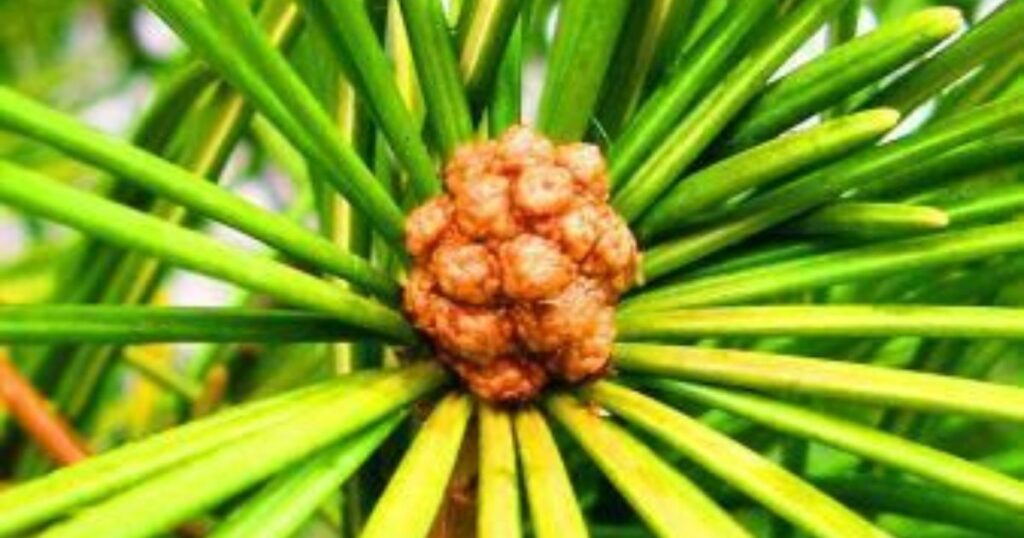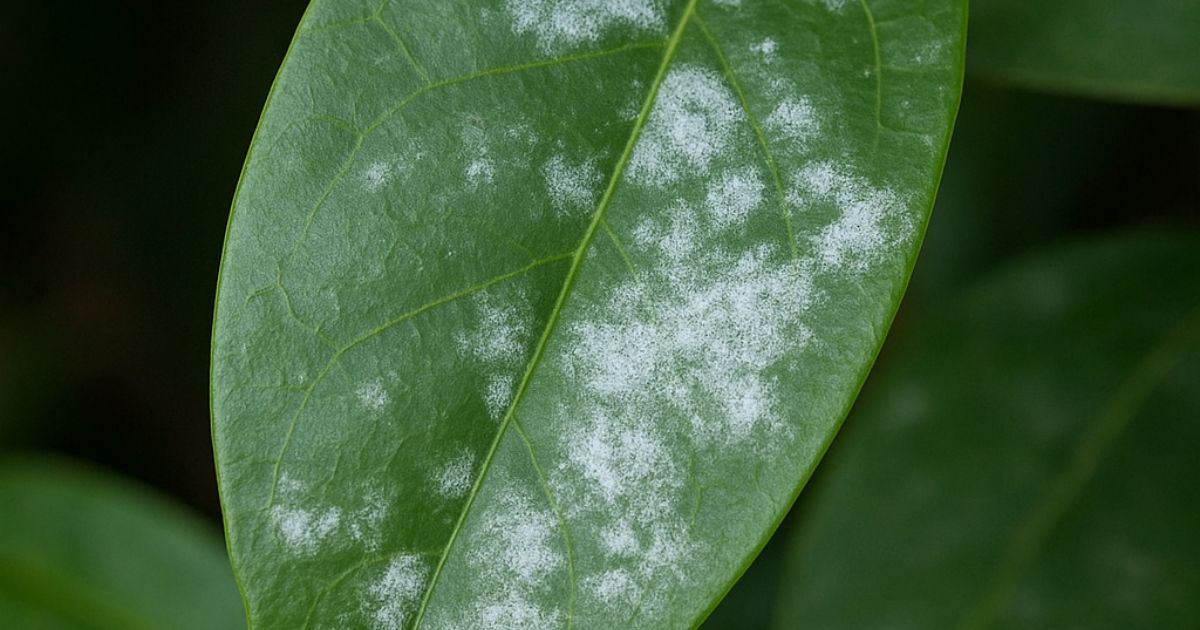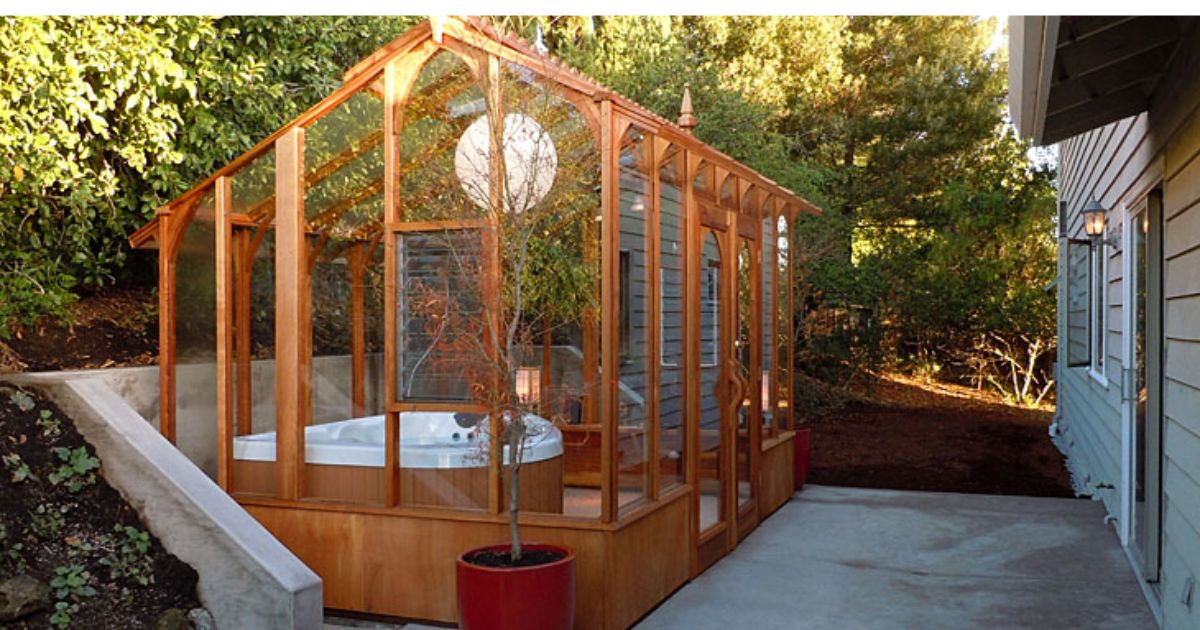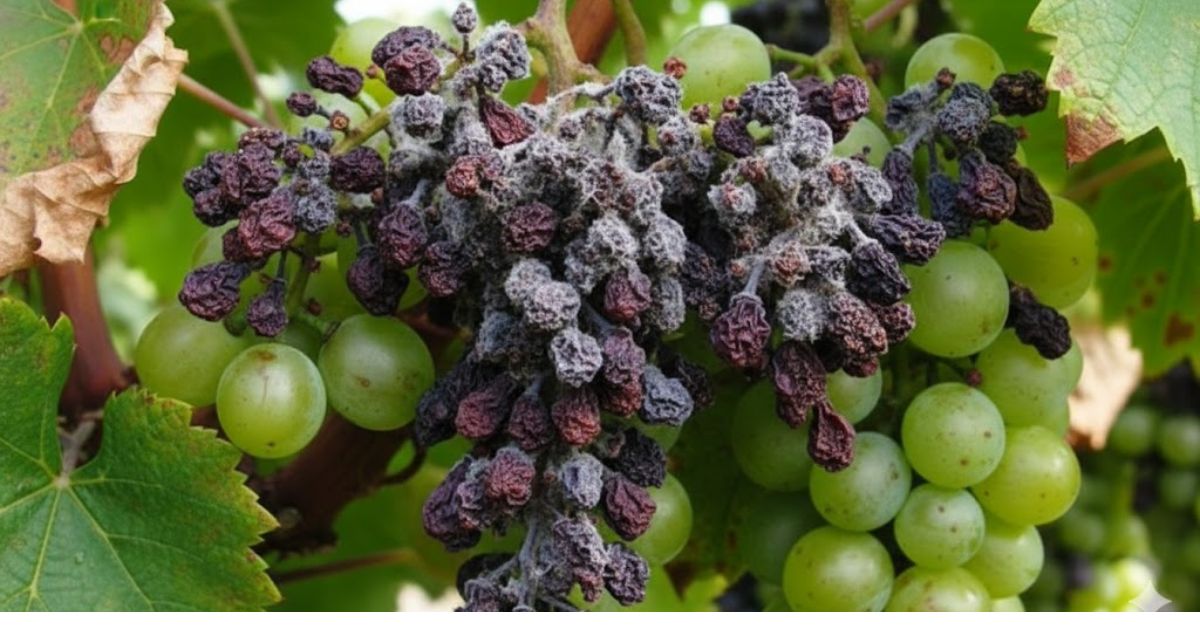Have you ever seen a tree so elegant it seems to belong in a dream? The sciadopitys verticillata japanese umbrella pine is one such marvel. With its whorled, umbrella-like leaves and deep green, glossy needles, this slow-growing conifer adds a timeless charm to any landscape. Native to Japan, this ancient tree species is the only surviving member of its family, Sciadopityaceae, making it an actual living fossil. Gardeners and landscapers worldwide prize it for its distinct form, resilience, and tranquil vibe in gardens.
Whether you’re a casual gardener or a plant enthusiast, growing a Japanese Umbrella Pine can be a rewarding journey. This article walks you through everything from planting and growth to maintenance, ensuring your tree thrives beautifully for generations.
Understanding Sciadopitys verticillata
The Japanese Umbrella Pine tree has been revered in Japanese culture for centuries, often planted near temples and shrines as a symbol of endurance and purity. Its scientific name, Why Fall is the Best Time to Plant Trees Sciadopitys verticillata, translates to “shade pine with whorled leaves,” perfectly describing its structure. Though it’s called a pine, it isn’t a true pine; it belongs to a unique conifer family, making it biologically distinct.
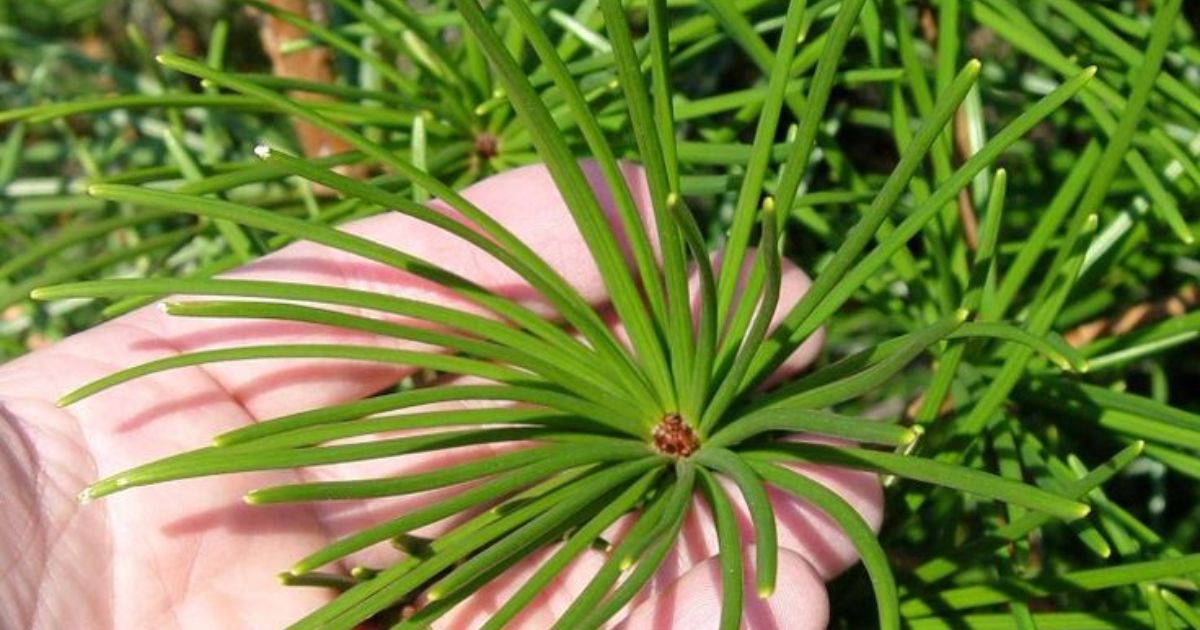
Native to Japan’s Honshu and Shikoku islands, it thrives in moist, well-drained mountain soils. Its adaptability to different climates, coupled with its stunning year-round foliage, makes it a collector’s favorite. In the wild, the tree can live for hundreds of years, growing tall and dignified, an enduring symbol of nature’s artistry.
Distinctive Features of Japanese Umbrella Pine
What sets this tree apart from all others is its unique leaf structure. The “needles” are actually modified stems called cladodes, thick and shiny, arranged in whorls that resemble the ribs of an umbrella. These dark green leaves radiate elegance, staying vibrant even in winter.A mature Umbrella pine care can reach heights of 30–50 feet (9–15 meters), although it grows very slowly, only about 6 inches per year in the early stages. The bark, reddish-brown and peeling with age, adds to its ornamental charm. This tree doesn’t just grow; it evolves gracefully, commanding attention without being overpowering.
Because of its slow growth and symmetrical form, it’s ideal for focal points in landscapes, rock gardens, and Japanese-style gardens. It also pairs beautifully with azaleas, ferns, and maples, creating a serene, layered look that feels both natural and sophisticated.
Ideal Growing Conditions
To thrive, the Japanese Umbrella Pine needs a balance of sunlight, moisture, and well-drained soil. It prefers temperate climates, ideally USDA hardiness zones 5 to 8. While it loves full sun, it can tolerate partial shade, especially in warmer regions where afternoon sun may be too harsh.Humidity is its friend, but it dislikes stagnant, soggy air. A spot with good air circulation will help prevent fungal issues. Despite its delicate appearance, What Are the Best Practices Caring for An Acer Tree it’s surprisingly hardy and can tolerate mild frost once established. However, young trees may need protection from extreme cold and drying winds.
If you live in an urban area, choose a location away from heavy pollution or compacted soil. The Umbrella Pine appreciates peace and space, think of it as the “introvert” of trees, thriving in quiet, clean environments.
Soil Requirements

Soil quality is the foundation of your tree’s success. Japanese Umbrella Pine growth prefer slightly acidic, loamy, and well-draining soil. The optimal pH range is 5.0 to 6.5. Root rot may result from heavy clay soil. So it’s essential to improve drainage before planting.Mixing organic matter such as compost, leaf mold, or pine bark helps mimic the native forest floor. Avoid alkaline soils, as they may cause chlorosis (yellowing of the needles). If your soil tends to stay wet, consider planting on a little slope or creating raised beds.
Mulching around the base helps retain moisture and regulate temperature, but keep mulch a few inches away from the trunk to prevent rot. Good soil equals healthy roots, How to Grow and Care For Umbrella Plant: A Comprehensive Guide and for this tree, strong roots mean stunning foliage.
Planting Japanese Umbrella Pine
Timing is everything. The best seasons to plant your Umbrella Pine are spring or early fall, when temperatures are moderate and roots can establish before extreme weather hits.
Here’s a step-by-step planting guide:
- Choose the right spot: A sunny or partially shaded location with well-drained soil.
- Dig the hole: Make it equally deep and twice as wide as the root ball.
- Prepare the soil: Mix compost and sand into the native soil for better drainage.
- Position the tree: Place the root ball so the top sits level with the ground.
- Backfill gently: Avoid compacting the soil too much.
- Water thoroughly: Ensure deep watering to settle the roots.
- Mulch: Apply a 2–3 inch layer to retain moisture.
Avoid fertilizing immediately after planting. 5 Essential Tips for Japanese Maple Leaf Scorch Treatment Let the roots establish for at least six months before adding nutrients.
Maintenance and Care Tips
Once planted, the Sciadopitys verticillata care is relatively hands-off, but consistent care is essential for vitality. Watering is paramount to keep the soil evenly moist, especially during the first few years. Established trees are somewhat drought-tolerant but prefer regular rainfall or supplemental irrigation in dry spells. Mulching helps regulate soil temperature and conserve moisture. Fertilize sparingly in spring with an acid-loving plant formula, like one for rhododendrons, to boost growth without overwhelming the slow-paced tree. Avoid high-nitrogen feeds that promote weak, sappy growth, which is vulnerable to pests.
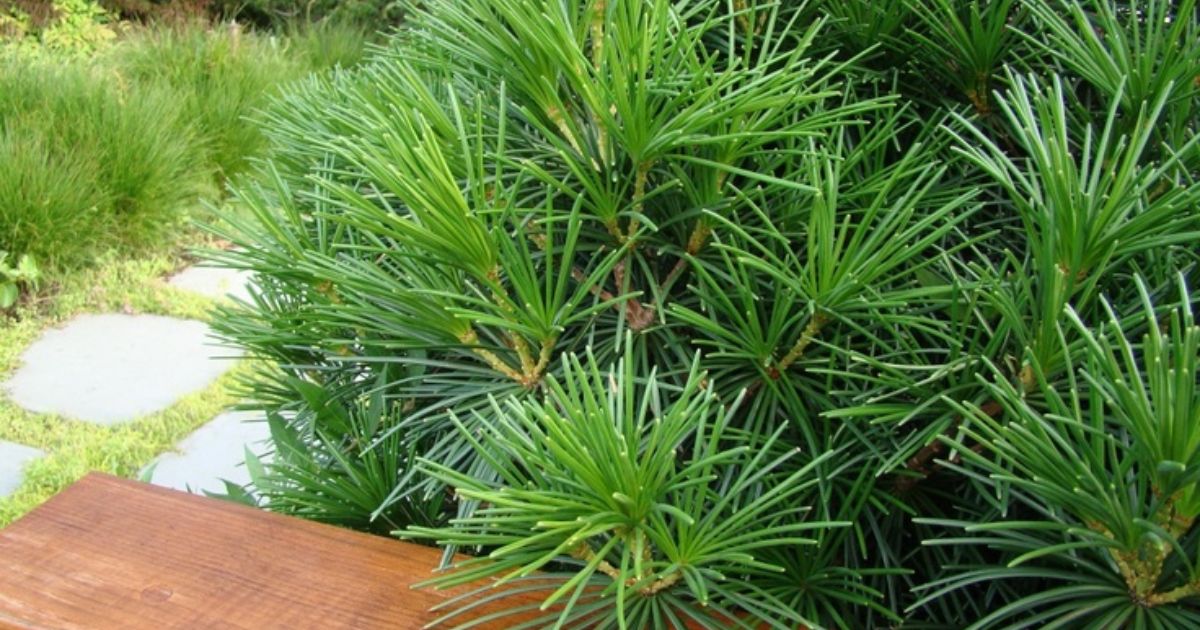
Pruning is minimal, removing dead or damaged branches in late winter or early spring. The natural form is so elegant that heavy shaping isn’t needed, but light trimming can maintain density if desired. To stop the spread of illness, always use clean tools. Pests and diseases are rare, making this tree a low-worry choice. It’s generally resistant, but watch for spider mites in hot, dry conditions, as these can cause needle discoloration. Treat with horticultural oil or insecticidal soap. Borers might occasionally infest stressed trees; maintain their health by properly watering and pruning infested parts. Fungal issues like root rot arise from poor drainage, so prevention is key. No serious pathogens plague it otherwise.
In colder zones, wrap young trees in burlap to shield them from windburn. In containers, move to a sheltered spot or insulate pots.Overall, maintenance boils down to mimicking its native habitat: moist, Indoor Plants That Don’t Need Without Sunlight acidic, protected. With this, your tree will reward you with enduring beauty.
Conclusion
Growing the Sciadopitys verticillata, or Japanese Umbrella Pine, is more than just a horticultural project; it’s a long-term investment in natural beauty and serenity. This ancient tree stands as a living relic of prehistoric times, offering not only visual appeal but also a deep sense of connection to nature’s history. From its glossy, umbrella-like whorls to its dignified, upright form, every aspect of the Japanese Umbrella Pine plant evokes elegance and endurance.While it demands patience due to its slow growth, the results are profoundly rewarding. Once established, it’s a hardy, low-maintenance tree that can thrive for centuries with proper care. Providing the appropriate soil conditions is crucial. Consistent watering, balanced nutrition, and adequate sunlight are a combination that ensures lush foliage and a steady, graceful growth.
For gardeners who value aesthetics and timeless beauty, the Umbrella Pine is an exceptional choice. It’s perfect for Japanese-inspired landscapes, rock gardens, or as a standalone centerpiece that transforms any garden into a tranquil retreat. Whether you plant it in your backyard or nurture it in a large container, this tree brings an unmistakable air of sophistication and calm.In essence, cultivating a Japanese Umbrella Pine isn’t just about growing a tree; it’s about creating a legacy. Its slow pace teaches patience, its beauty rewards care, and its resilience inspires admiration. So, if you’re ready to add a touch of ancient grace and enduring charm to your landscape, this majestic conifer is the perfect companion for your gardening journey.
FAQ
How fast does the Japanese Umbrella Pine grow?
It’s a very slow-growing tree, adding only about 6 inches per year. Mature trees typically reach 30–50 feet tall but can take a few decades to reach that height.
Can the Japanese Umbrella Pine be grown in pots?
Yes, young trees can thrive in large containers for many years. Use a well-draining acidic potting mix and ensure regular watering without waterlogging the soil.
Does the Japanese Umbrella Pine require pruning?
Minimal pruning is needed. To preserve the tree’s health, only cut off dead or damaged branches. Heavy pruning can stress the plant.
What type of fertilizer is best for Sciadopitys verticillata?
A slow-release, acid-loving plant fertilizer (like those used for azaleas or rhododendrons) is ideal. Apply once in early spring and again in midsummer.
Is the Japanese Umbrella Pine deer-resistant?
Yes, it’s generally deer-resistant, making it a good choice for gardens where deer are a concern. However, young trees should still be protected until well-established.

